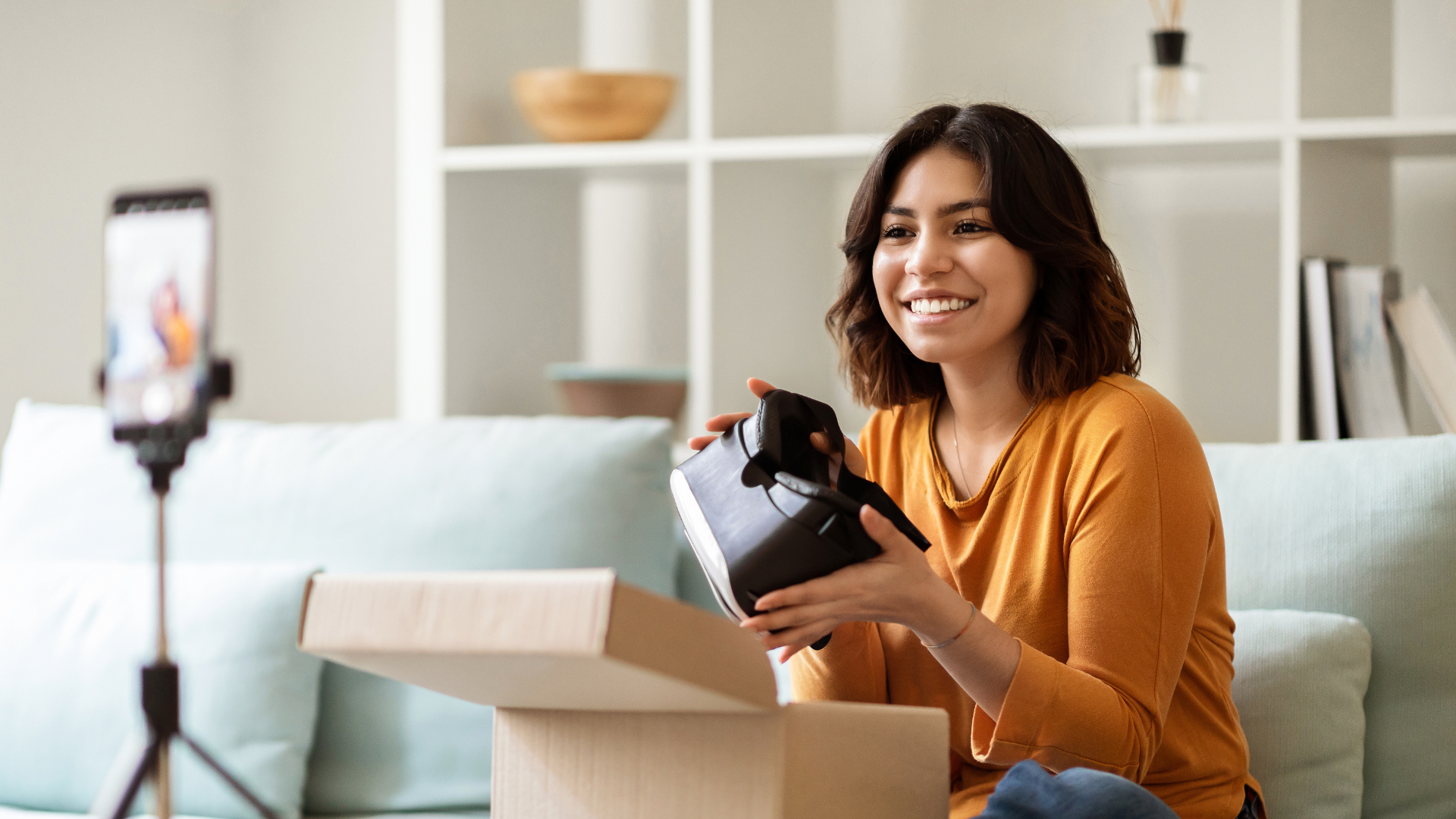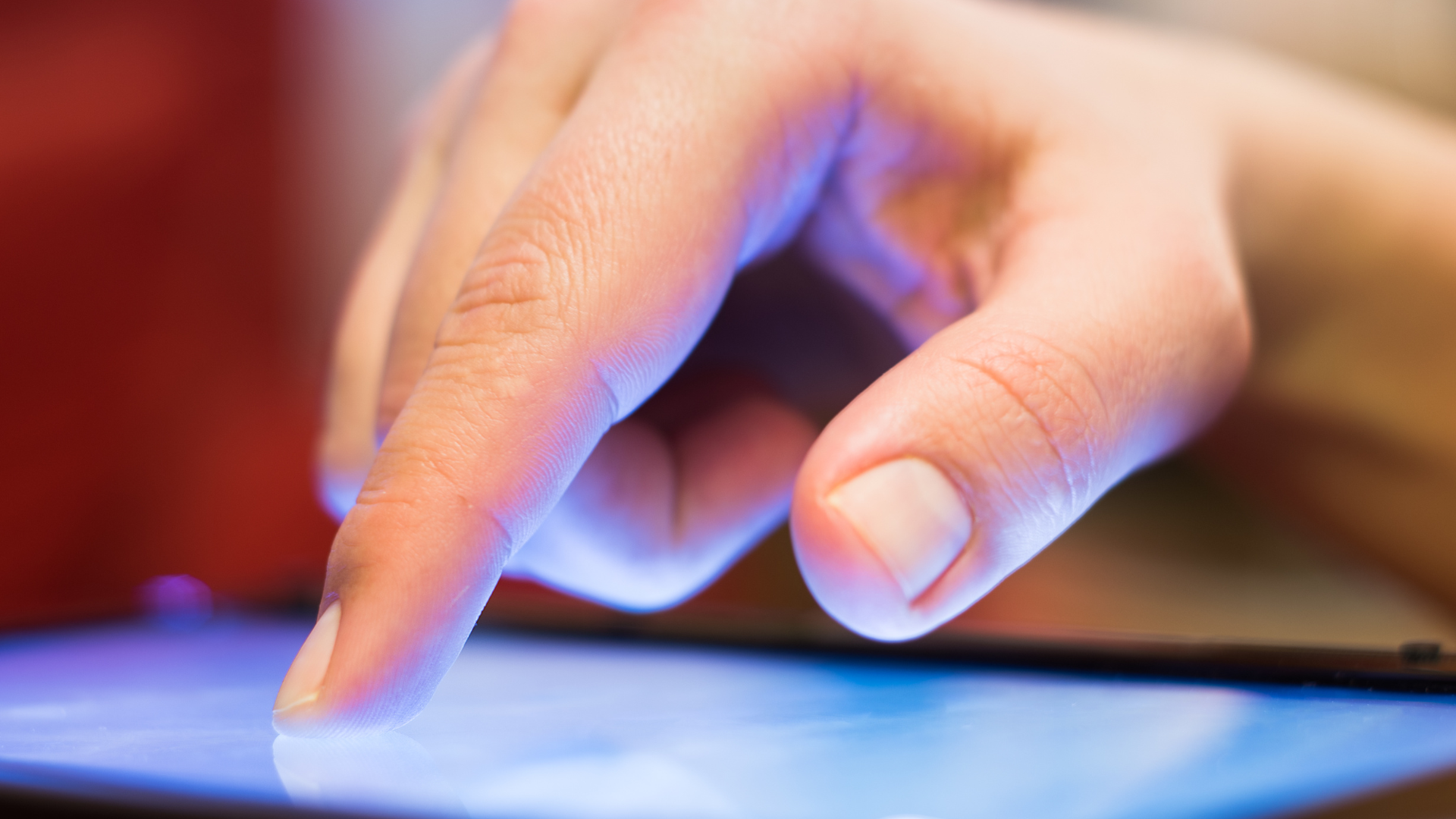
Why We Love “Unboxing” Videos: The Psychology Behind It
There’s something strangely satisfying about watching a stranger peel back layers of packaging to reveal a shiny new product. No matter what’s inside—whether it’s a brand-new smartphone, a luxury handbag, or even a children’s toy—millions of people are captivated by these moments. On YouTube, “unboxing” videos rack up billions of views. Why do we love watching others open things we don’t own? The answer lies not in the product itself, but in how our brains are wired. It’s about dopamine. It’s about anticipation. And it’s about the thrill of digital voyeurism in an age where we crave experiences more than things.
Table of Contents
- The Dopamine Hit of the Unknown
- The Science of Anticipation
- Unboxing as Digital Voyeurism
- Why Watching Feels Almost Like Having
- A Culture Obsessed with the Reveal
- FAQs
The Dopamine Hit of the Unknown
Unboxing videos are more than simple product showcases—they’re psychological roller coasters. When we see the unopened box, our brains spark with curiosity. What’s inside? How will it look? How will it feel?
This moment of not knowing triggers the brain’s reward system, specifically a neurotransmitter called dopamine. Contrary to popular belief, dopamine doesn’t spike when we receive a reward—it surges in anticipation of one. Watching someone else open a box mimics this anticipation. Your brain temporarily acts as if you’re the one unwrapping the product.
Neuroscientific studies show that dopaminergic activity increases when there’s a possibility of a reward, not a certainty. The mystery of packaging, the gradual reveal, the subtle sound of crinkling plastic—each moment is a tiny hit of pleasure.
The Science of Anticipation
Anticipation sharpens attention. It stretches time, deepens emotion, and etches memory. When watching an unboxing, we aren’t just passive observers—we’re emotionally invested in the outcome. The buildup is what makes it exciting.
This is the same mechanism that powers cliffhangers in books and binge-worthy Netflix series. But in unboxing, the climax is material, visual, tactile (if only imagined). Our minds simulate ownership—a phenomenon known as mental simulation. We imagine how it would feel to peel off the screen protector, to hold the item in our hands. In doing so, we get an echo of the joy of possession.
Unboxing as Digital Voyeurism
There’s an undeniable intimacy in watching someone interact with a new object for the first time. You’re in their room. You hear their breath, their reactions. You see their fingers carefully peel away each seal. It’s a private moment made public—a ritual that feels almost sacred.
This taps into our voyeuristic instincts. Not necessarily in a deviant way, but in a deeply human one. We’re drawn to watch the lives and rituals of others. It gives us a sense of connection, even when the interaction is entirely one-sided.
Why Watching Feels Almost Like Having
In a study on “vicarious consumption,” researchers found that watching others consume products activates similar brain regions as consuming them yourself. In other words, your brain partially mirrors the experience. That’s why unboxing videos can be so satisfying—even therapeutic.
Think of it like window shopping for the soul. You don’t have to spend money, but you still get the thrill. For many, it becomes a way to fulfill desires without financial consequences. It’s aspirational, not transactional.
A Culture Obsessed with the Reveal
We live in a culture of moments. Not necessarily the thing itself, but the act of unveiling it. The surprise, the ceremony. From gender reveal parties to TikToks where people show what’s in their lunchboxes, we’re obsessed with revelation.
Unboxing videos are rituals of digital storytelling, where the climax is not a twist—but the first glance at something new. And in a world flooded with sameness, we chase novelty wherever we can find it.
FAQs
1. What makes unboxing videos so addictive?
Unboxing videos trigger the brain’s dopamine response through anticipation. Watching the reveal creates a mild “high” similar to opening a gift yourself, which keeps viewers coming back for more.
2. Do unboxing videos make us want to buy more?
Yes. These videos act as subtle forms of advertising by tapping into desire and simulated ownership. Studies suggest viewers often feel a stronger urge to purchase after watching an unboxing.
3. Can watching unboxing videos reduce stress?
Surprisingly, yes. Many viewers report feelings of calm and satisfaction, especially with slow-paced, ASMR-style unboxings. The ritualistic and predictable nature of the videos can soothe anxiety and offer brief escapism.


